Learn about the best stevia companion plants to help this useful perennial thrive. Get a list of the best companion plants you can surround your stevia with, including the best flowers to grow as companion plants for stevia, the best fruit to plant around stevia, the best herbs to plant with stevia, and the best vegetables to plant with stevia. Get ideas about which plants to avoid planting near stevia as well. You will also learn about the best time to plant stevia, the best place to plant stevia, the best fertilizer for stevia, the watering needs of stevia, and the best way to propagate stevia to increase the number of your stevia plants. Let‘s get started!
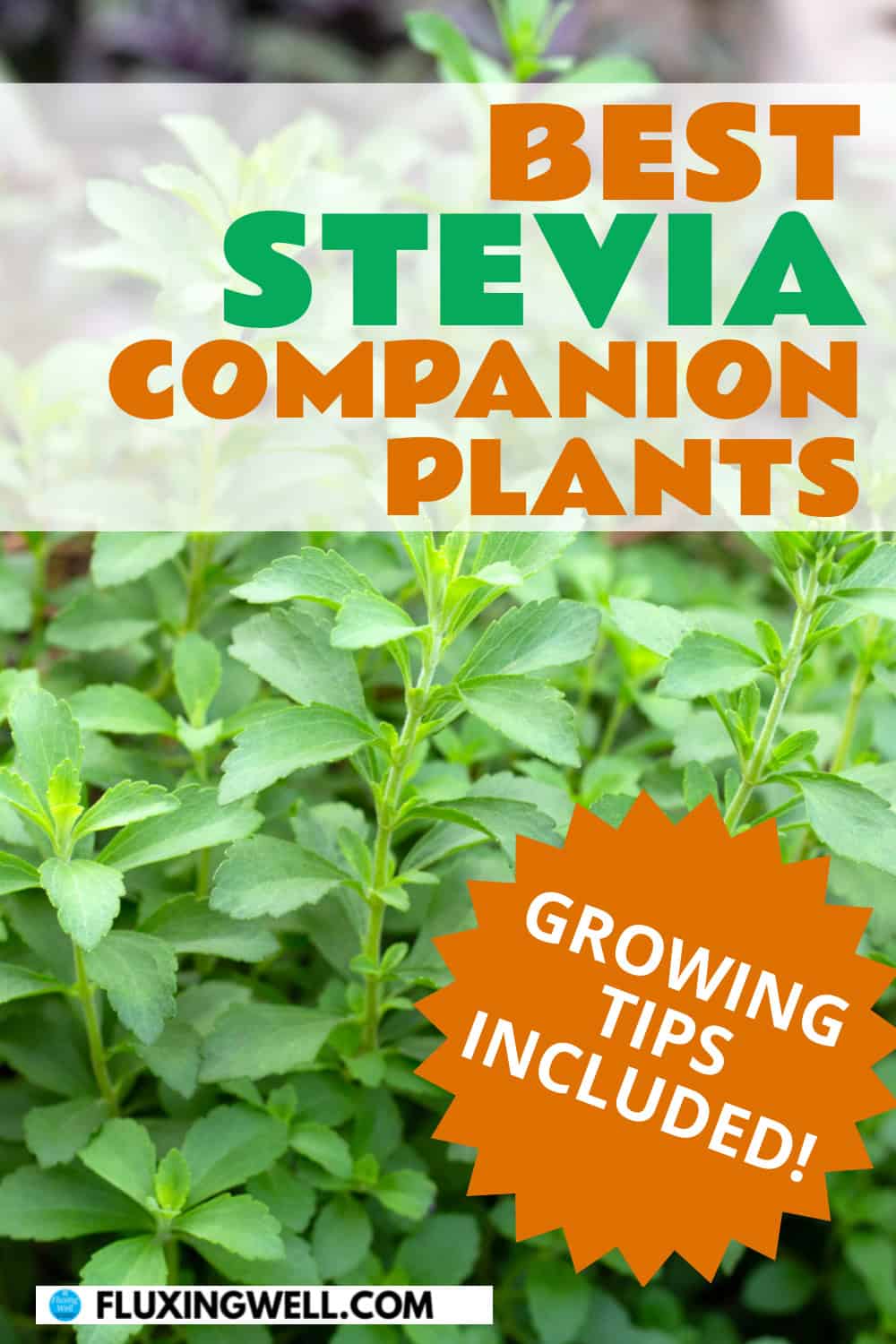
This post contains affiliate links, which means I may earn a small commission from qualifying purchases at no additional cost to you. Please read my Policies page for more information.
Table of Contents
What is Stevia?
The stevia plant, scientifically known as Stevia rebaudiana, is a member of the sunflower family native to South America. What does the stevia plant look like? The stevia plant is a small, herbaceous shrub that is a tender perennial herb with green, serrated leaves. It typically grows to about 1-3 feet in height. The leaves are smooth on the upper surface and slightly hairy on the underside. They are arranged oppositely along the stems and have a distinctive elongated oval shape. When the plant flowers, it produces small, white flowers that are clustered together on spikes. The stevia plant has a bushy appearance and is often cultivated for its sweet-tasting leaves, which are used as a natural sweetener. I like to grow stevia in a container so I can easily take it inside for overwintering.
Where is Stevia Grown?
Stevia is primarily grown in regions with warm climates, such as Paraguay, Brazil, China, and parts of Southeast Asia. However, it can also be cultivated in other countries with suitable growing conditions, including the United States, Canada, and parts of Europe. Where I live, in USDA garden zone 8b, stevia is a tender perennial that should usually be taken indoors to avoid freezing winter weather.
How to Use Stevia
To use a stevia plant, harvest mature leaves, dry them, grind into a powder, and use it as a natural sweetener in cooking, baking, or beverages. Adjust the amount used to taste, as stevia is much sweeter than sugar. A good rule to remember is that one teaspoon of sugar equals 1/4 teaspoon of stevia for sweetness. If you are substituting stevia for sugar in a recipe, you can replace one cup of sugar with 2 tablespoons of stevia. You will also need to add at least 1/3 cup of applesauce or yogurt to replace the lost volume that the sugar would have taken up in the recipe. For me, the easiest way to use stevia is to stir a bit into my favorite tea if I’m in the mood for some added sweetness.
Why I Love Stevia
I love the idea of having a natural sweetener on hand. Since I already have a food dehydrator and use it to dry other garden produce, drying stevia is simple. We also have a family member who occasionally comes to visit, asks for artificial sweetener for tea, and now I’ll have something better to offer.
What Makes a Good Companion Plant?
Why pay attention to companion plants? A good companion plant is one that offers various benefits to its neighboring plants, such as minimizing pest and disease issues, which helps enhance their growth, health, and overall productivity. Here are some key qualities that make a good companion plant that will help you plant strategically to make the most of your yard or garden space:
Pest Control: Companion plants may repel pests or attract beneficial insects that prey on pests, helping to reduce pest damage without the need for chemical pesticides.
Pollinator Attraction: Plants that attract pollinators such as bees, butterflies, and hummingbirds can improve pollination and fruit set in neighboring plants, leading to higher yields.
Soil Improvement: Some companion plants have deep roots that help break up compacted soil, while others fix nitrogen or add organic matter to the soil, improving soil fertility and structure for neighboring plants.
Complementary Growth Habits: Companion plants with different growth habits, such as tall plants providing shade for shorter ones or ground covers suppressing weeds, can maximize space and resources in the garden.
Disease Resistance: Certain companion plants may emit chemicals or compounds that inhibit the growth of pathogens or pests, reducing the risk of disease in neighboring plants.
Seasonal Considerations: Companion plants that thrive during different seasons can provide continuous benefits throughout the year, such as early bloomers attracting pollinators or cover crops protecting soil during the off-season.
Aesthetic Value: Companion plants with attractive foliage, flowers, or fruits can enhance the visual appeal of the garden while providing practical benefits to neighboring plants.
Stevia Companion Plants: Flowers
Some flowers can make excellent companion plants for stevia. They can attract beneficial insects, repel pests, and provide aesthetic appeal to your garden. Consider planting these flowers alongside stevia:
Marigolds: Known for their pest-repellent properties, marigolds can help deter pests that might otherwise bother your stevia plants.
Nasturtiums: These colorful flowers attract beneficial insects like bees and ladybugs while deterring pests such as aphids.
Lavender: Lavender not only adds fragrance to your garden but also attracts pollinators like bees and butterflies.
Calendula: Also known as pot marigold, calendula flowers can attract pollinators and repel pests, making them a great companion for stevia.
Stevia Companion Plants: Fruit
When selecting fruit companion plants for stevia, consider those that have similar cultural requirements and won’t compete too much for space, nutrients, or sunlight. Here are some fruit plants that can complement stevia:
Strawberries: They have shallow roots and can be grown in containers or hanging baskets, making them suitable companions for stevia. Both strawberries and stevia enjoy similar well-drained soil and sunny conditions.
Blueberries: Blueberries thrive in acidic soil, which can also benefit stevia. They can be grown together as long as they have enough space and sunlight.
Raspberries: Raspberries grow well in slightly acidic soil and can provide vertical structure in the garden, allowing stevia to grow around their base.
Gooseberries: These fruits have a shallow root system and can be grown in pots or in the ground alongside stevia. They tolerate partial shade, which can be beneficial if your garden doesn’t receive full sunlight all day.
Stevia Companion Plants: Herbs
When choosing herb companion plants for stevia, consider those that have similar growing conditions and can complement each other in terms of flavor and function. Here are some herbs that make great companions for stevia:
Mint: While mint can be invasive, planting it in a pot near stevia can help contain its growth. Mint’s refreshing flavor contrasts nicely with stevia’s sweetness.
Basil: Basil and stevia both enjoy plenty of sunlight and well-draining soil. Plus, basil’s aromatic leaves can enhance the sensory experience of your garden.
Lemon balm: Lemon balm is a member of the mint family and shares similar growing conditions with stevia. Its lemony fragrance can add a delightful aroma to your garden.
Thyme: Thyme is a low-growing herb that can thrive alongside stevia. It’s drought-tolerant and complements stevia’s sweet flavor with its earthy notes.
Stevia Companion Plants: Vegetables
When selecting vegetable companion plants for stevia, it’s essential to choose varieties that have similar growing requirements and won’t compete too much for space or nutrients. Here are some vegetables that can make good companions for stevia:
Lettuce: Lettuce has shallow roots and can be grown in the same area as stevia without competing too much for space or nutrients. Plus, harvesting lettuce leaves can provide a tasty addition to your meals.
Radishes: Radishes mature relatively quickly and can be grown alongside stevia. Their shallow roots won’t interfere with stevia’s growth, and they can add a peppery crunch to your salads.
Carrots: Carrots and stevia can coexist in the same garden bed, as long as they have enough space to develop their roots. Carrots can add visual interest with their foliage while providing a nutritious addition to your meals.
Swiss chard: Swiss chard is a leafy green that can thrive in the same conditions as stevia. Its vibrant colors and mild flavor make it a versatile addition to your garden and your plate.
What Not to Plant with Stevia
When planting stevia, it’s best to avoid companion planting with plants that have similar water and nutrient needs. Additionally, plants that may compete with stevia for space or inhibit its growth should be avoided. Some plants that might not be suitable to plant alongside stevia include:
Other herbs with aggressive growth habits, such as oregano, which can overcrowd and overshadow the stevia plant. As previously noted, only grow mint with stevia if it is grown in a container.
Large vegetables or plants with deep roots that may compete for space and nutrients, such as tomatoes or cucumbers.
Stevia Companion Planting Chart
| Stevia Companion Plants | |
| Stevia Companion Plants: Flowers | Stevia Companion Plants: Fruit |
| Calendula | Blueberries |
| Lavender | Gooseberries |
| Marigolds | Raspberries |
| Nasturtiums | Strawberries |
| Stevia Companion Plants: Herbs | Stevia Companion Plants: Vegetables |
| Basil | Carrots |
| Lemon balm | Lettuce |
| Mint (if grown in a container) | Radishes |
| Thyme | Swiss chard |
| Worst Stevia Companion Plants | |
| Cucumbers | |
| Mint (if not grown in a container) | |
| Oregano (if not grown in a container) | |
| Tomatoes | |
Stevia Planting and Growing Tips
When to Plant Stevia
Stevia is typically planted in the spring after the last frost date in your area, when the soil temperature reaches around 50°F (10°C). In my USDA zone 8b garden, the average last frost date is usually around the last week of March or first week of April.
Where is the Best Place to Plant Stevia?
The best place to plant stevia is in a sunny location with well-draining soil. Stevia thrives in full sun but can tolerate partial shade, especially in hot climates. Ensure the soil is loose, fertile, and slightly acidic, with good drainage to prevent waterlogging. Planting in raised beds or containers can help control soil quality and drainage. Since stevia can grow to be 1-3 feet tall, consider spacing the plants about 18 inches apart to allow for adequate airflow and room to grow.
I like to grow stevia in a container with annuals so that it’s easy to bring the container into my garage for overwintering.
What is the Best Fertilizer for Stevia?
For stevia, a balanced fertilizer with a slightly higher nitrogen content is ideal for promoting healthy growth and leaf development. You can use a general-purpose organic fertilizer, such as a 10-10-10 blend, or a fertilizer specifically formulated for herbs and vegetables. Apply the fertilizer according to the manufacturer’s instructions, typically once a month during the growing season. Avoid over-fertilizing, as this can lead to excessive leaf growth at the expense of sweetness.
How Much Water Does Stevia Need?
Stevia requires regular watering to keep the soil consistently moist but not waterlogged. Provide about 1-2 inches of water per week, adjusting based on weather conditions and soil moisture levels. Avoid overwatering, as stevia is sensitive to waterlogged soil, which can lead to root rot.
What are Common Stevia Pests and Diseases?
Common pests that can affect stevia plants include aphids, whiteflies, and spider mites. Diseases such as powdery mildew and root rot can also impact stevia. Regular inspection and avoiding overwatering can help mitigate these issues.
Can Stevia be Grown Indoors?
Yes, stevia can be grown indoors, especially in pots or containers. It requires plenty of sunlight, so placing it near a sunny window or under grow lights is essential. Ensure the plant has well-draining soil and regular watering. With proper care, stevia can thrive indoors, providing fresh leaves for use as a natural sweetener.
Propagating Stevia
Stevia can be propagated through stem cuttings or seeds:
Stem cuttings: Take a cutting from a healthy stevia plant, about 4-6 inches long, with several leaves. Remove the lower leaves and dip the cut end in rooting hormone. Plant the cutting in a small pot filled with well-draining soil, and keep it moist until roots develop.
Seeds: Start stevia seeds indoors about 8-10 weeks before the last frost date. Plant the seeds in a seed-starting mix, barely covering them with soil. Keep the soil moist and provide warmth and bright light until the seeds germinate. Transplant the seedlings outdoors after the danger of frost has passed.
How to Save Seeds from Stevia
Saving seeds is an economical way to expand your garden plantings. To save seeds from stevia, allow some of the plant’s flowers to fully mature and develop seeds. Once the flowers have dried and turned brown, carefully collect the seeds from the seed heads. Store the seeds in a cool, dry place in an airtight container until ready to plant.
Pruning Stevia
Pruning stevia involves trimming back the plant to encourage bushier growth and prevent it from becoming too leggy. Simply snip off the top few inches of the stems or pinch off the growing tips regularly throughout the growing season. This will promote new growth and ensure a steady supply of fresh leaves for harvesting.
Harvesting Stevia
To harvest stevia, wait until the plant reaches maturity, typically around the time it begins to flower. Then, snip off the mature leaves using scissors or pruning shears, leaving some leaves on the plant to continue growing. Harvest in the morning when the plant’s essential oils are at their peak.
How to Dry Stevia Leaves
To dry stevia leaves, follow these steps:
Wash the harvested leaves thoroughly to remove any dirt or debris.
Spread the leaves out in a single layer on a clean surface, such as a baking sheet or mesh drying rack.
Place the leaves in a well-ventilated area away from direct sunlight to air dry. You can also use a dehydrator set to a low temperature.
Allow the leaves to dry completely, which may take several days to a week, depending on humidity levels.
Once dry, store the leaves in an airtight container in a cool, dark place until ready to use. Alternatively, you can crush the dried leaves into a powder for use as a sweetener.
How to Grind Stevia Leaves into a Powder
To grind stevia leaves into a powder, follow these steps:
Ensure the leaves are completely dry to avoid clumping during grinding.
Place the dried leaves in a clean, dry spice grinder, blender, or food processor.
Grind the leaves in short bursts until they reach a fine powder consistency. Avoid overgrinding, as this can cause the powder to become too fine and powdery.
Once ground, sift the powder through a fine mesh sieve to remove any larger particles and achieve a finer texture.
Store the powdered stevia in an airtight container in a cool, dark place until ready to use as a natural sweetener. Adjust the amount used in recipes to taste, as stevia is much sweeter than sugar.
Stevia Varieties
There are several varieties of stevia plants, including common stevia (Stevia rebaudiana), Stevia rebaudiana Bertoni, Stevia rebaudiana Criolla, and Stevia rebaudiana Morita. These varieties may differ slightly in flavor, sweetness, and growth characteristics.
Need More Planting Ideas?
Check out the tips for the best companion plants for eggplant to learn what to grow with those beauties. If you like the idea of companion planting, you might be interested in reading about the best companion plants for pumpkins, sunflowers, garlic, asparagus, rosemary, radishes, beetroot (beets), thyme, parsley, lupine, borage, peonies, or the best companion plants for lavender. Get tips for growing stunning dahlias or vintage roses. Are you a beginning gardener? Try planting some foolproof, easy-care perennials, or learning about the best companion plants for columbine. There are so many exciting plants to grow!
Keep Track of Your Garden with a Journal Logbook
Now that you have learned about some compatible companion plants, keep track of your planting ideas, goals, and plans with a printable, editable free garden journal logbook. Choose the pages you want to use and customize them as you wish to record monthly, weekly, and daily garden tasks, lists, weather, and planting arrangements. There are also grid pages for easily designing the layout of your vegetable garden, flower garden, or landscape. Print it out and put it into a notebook you can take with you to the garden (that’s what I do). It’s nice to have all of your garden information in one place.
Get the garden journal logbook!
Free Online Garden Planner Layout Template
Now that you know which are the best companion plants for stevia, you might need a way to plan your garden layout. Whether you are planting vegetables, flowers, or herbs near your lupine plants, this online garden planner can help you visualize your design and bring it to life. Arrange and rearrange the plants over and over, then print the layout when you are satisfied. With garden tasks that need your attention, this is one way to save time.
It’s fully customizable when you make your own copy and includes two editable chart pages for noting planting specifications.
Get my free online garden layout planner template!
Have a wonderful week, and may all of your stevia-growing endeavors meet with success!

Lisa Mitchell is a wife, mom, and school librarian who likes to grow fruit, herbs, vegetables, and flowers on her family’s small Pacific Northwest farm. To learn more about what this website has to offer gardeners, click on over to the Garden page.
Want more great garden, food, or travel ideas? Follow FluxingWell on Pinterest, Facebook, Instagram, and X for the latest posts, tips, and inspiration.

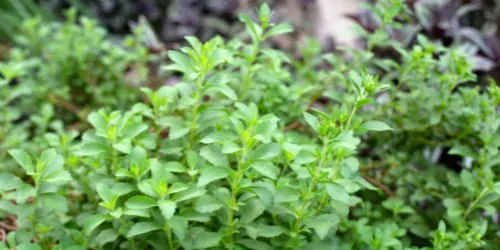

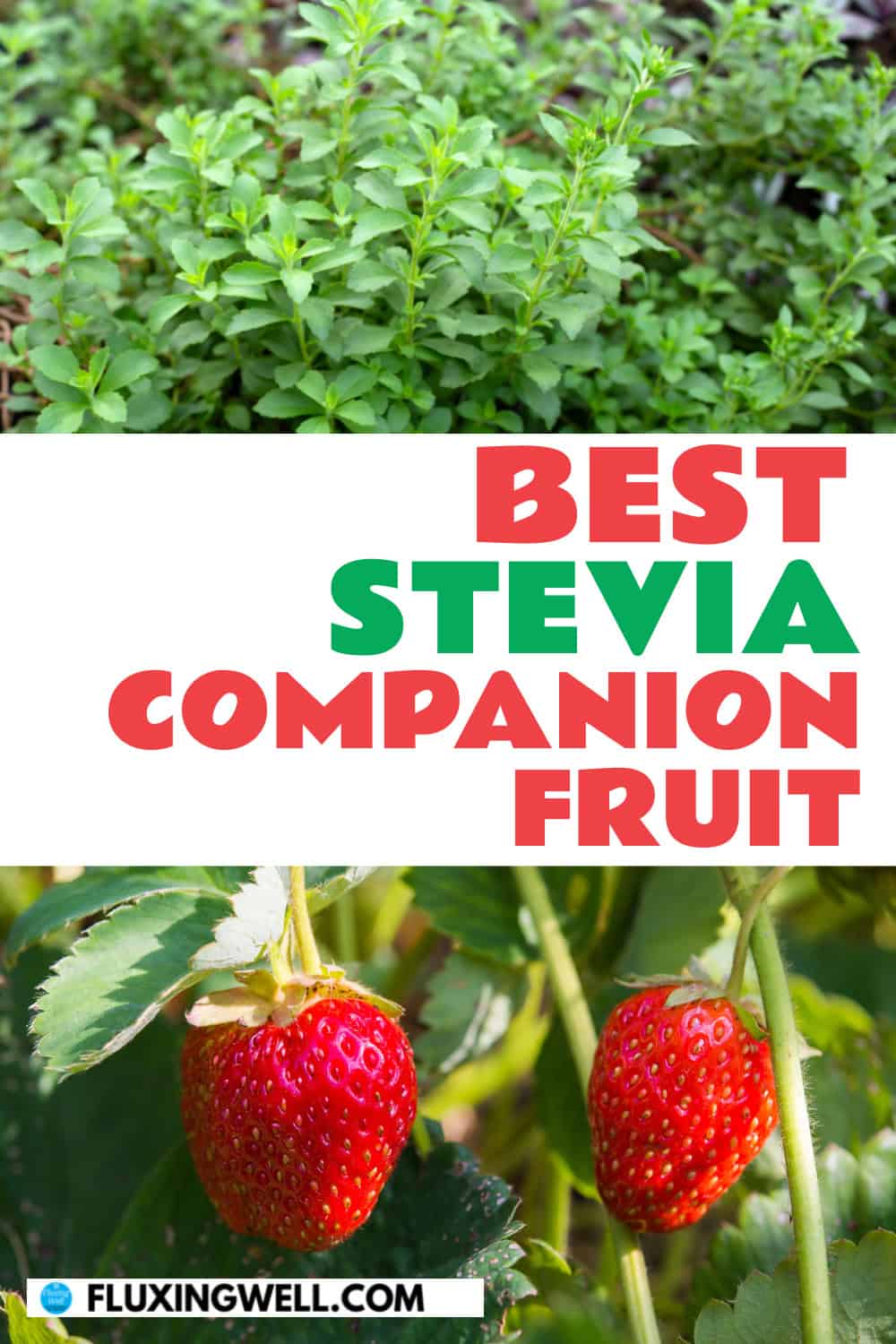
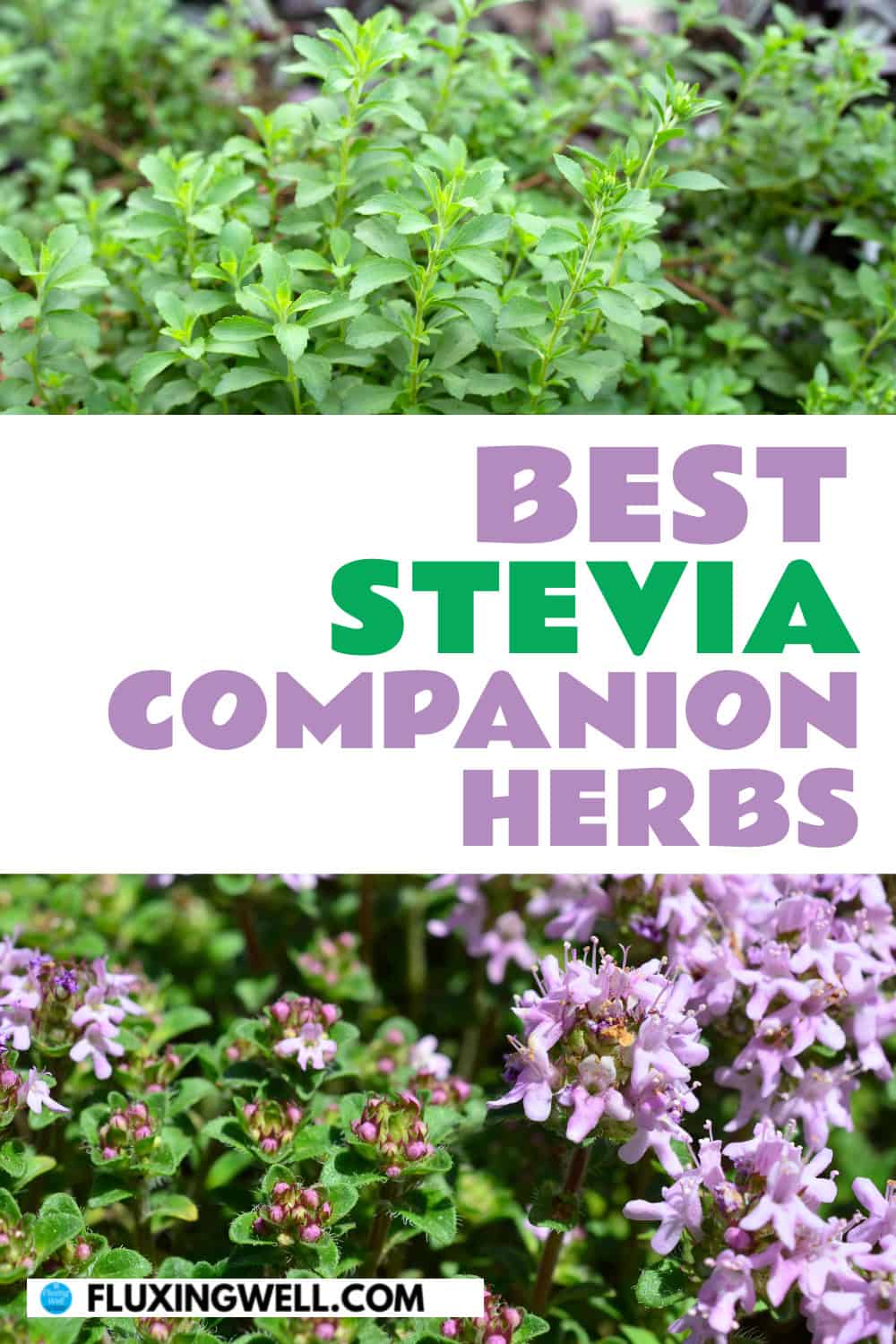
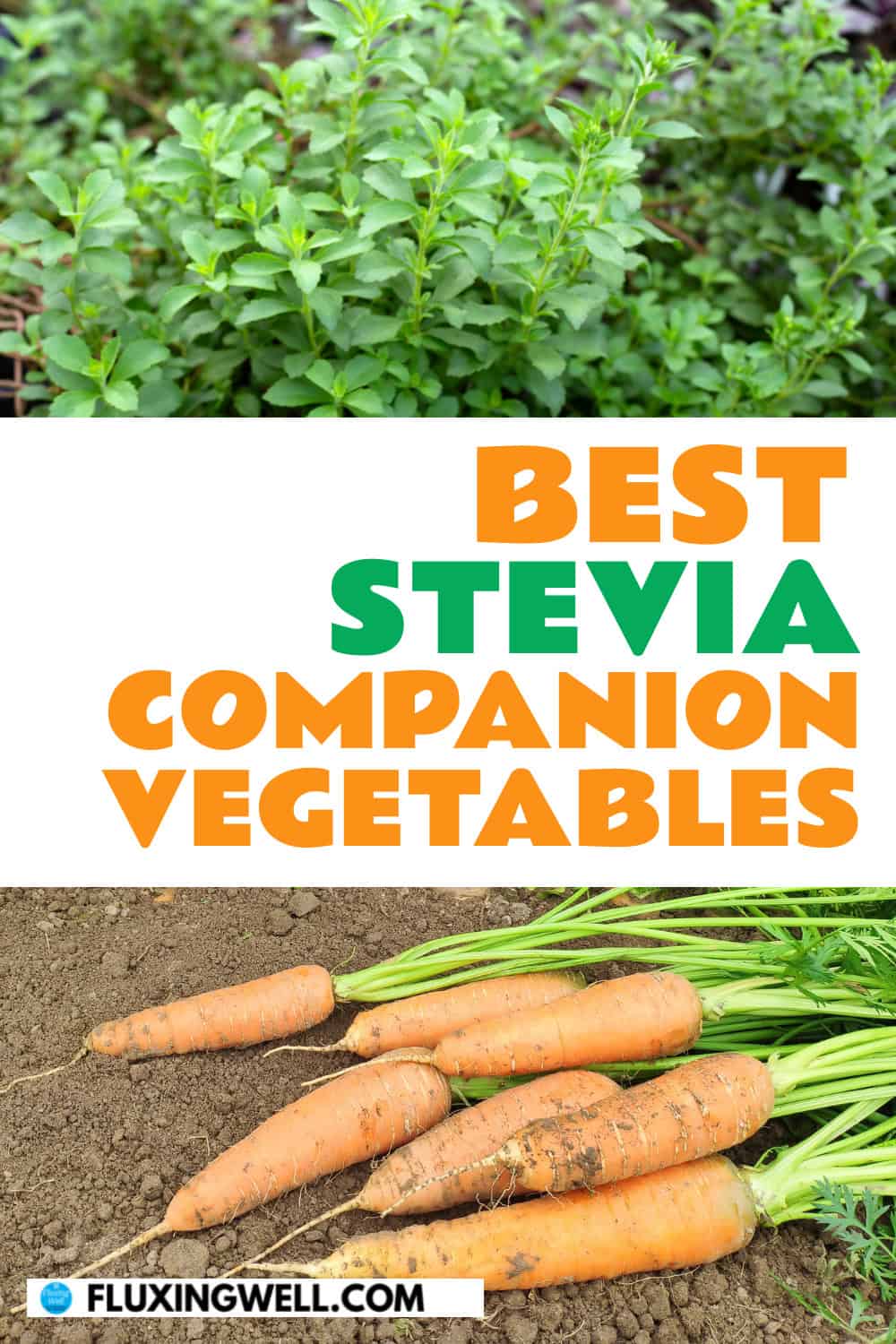
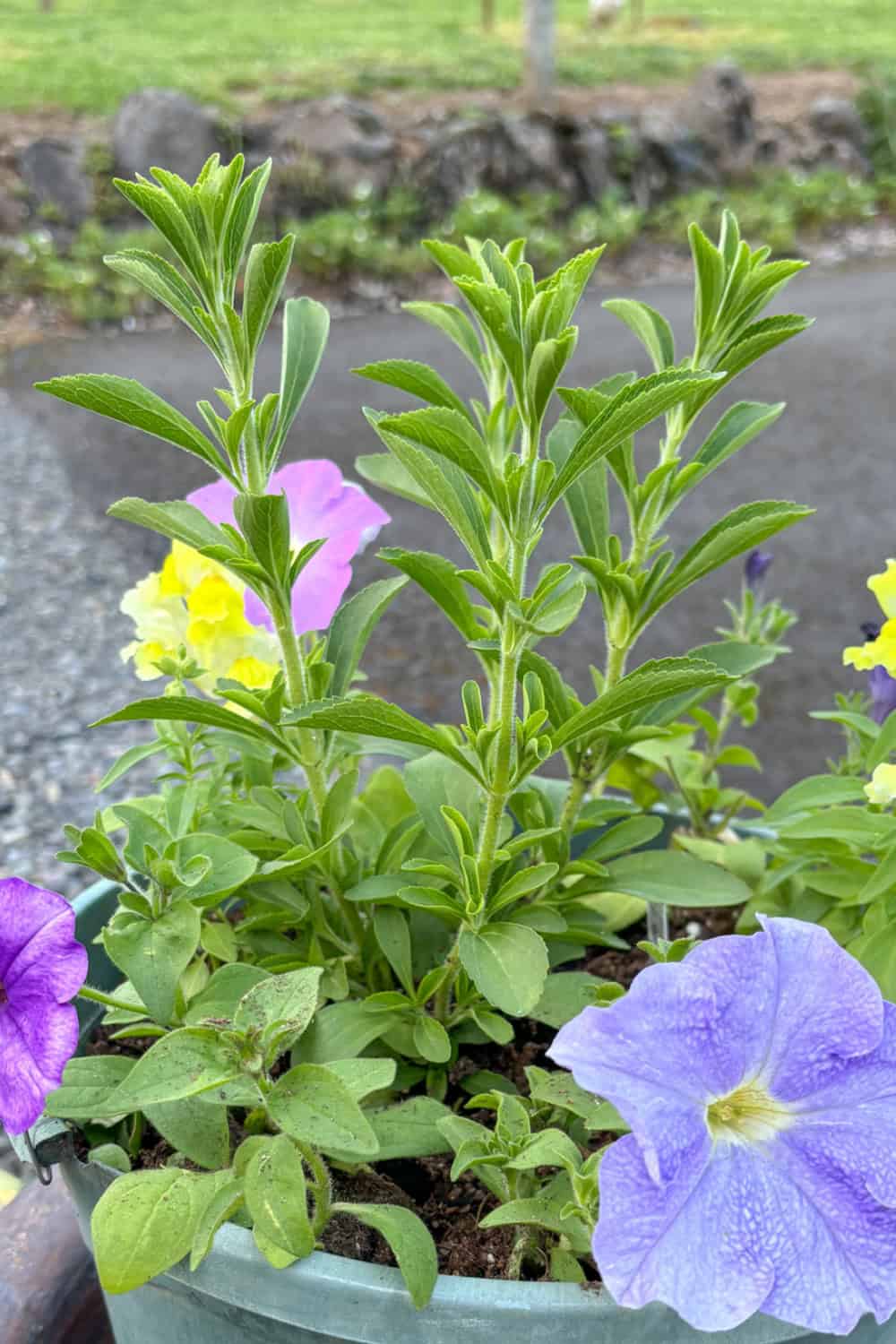

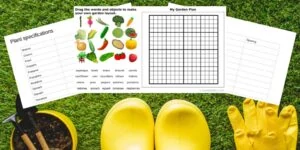
Thanks for all the stevia companion plant ideas! What a great idea to grow your own natural sweetener.
Thank you! I much prefer having natural sweeteners on hand, especially when just a touch of sweetness is needed.